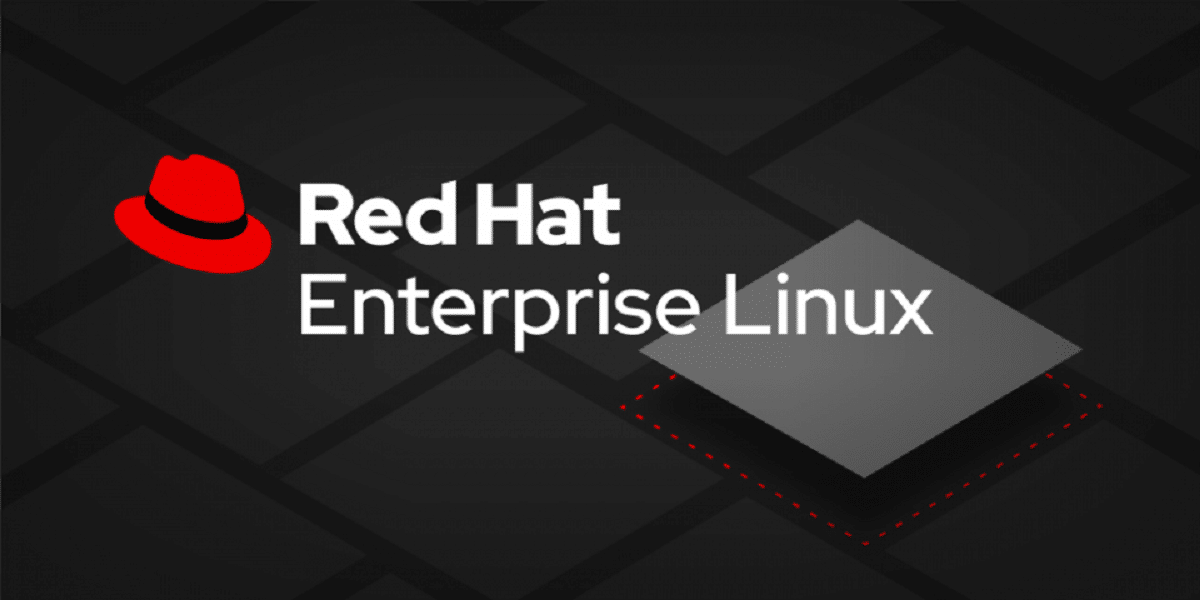
Red Hat recently announced the release of the new version of "Red Hat Enterprise Linux 8.5" in which a large number of changes have been added, of which it stands out for example Image Builder that adds support for configuring the file system of the generated disk image, overriding the standard repositories, creating images for selected intermediate RHEL versions, and generating boot images to install the system on hardware (bare metal).
The login screen, powered by GNOME Display Manager (GDM), provides the ability to configure a network connection before logging in, allowing you to connect to accounts with personal directories stored on another server. Provides support for wired and wireless setup and VPN connection. GDM also offers an optional option to display a splash screen containing text prepared by the administrator.
It is also highlighted that the ability to enable a seamless boot process is provided, in which there is no change of graphics modes or screen flickering. To enable this mode, simply disable the automatic display of the boot menu with the command "grub2-editenv - set menu_auto_hide = 1" and update the bootloader configuration.
It was implemented support for graphics sessions based on the Wayland protocol on systems with proprietary NVIDIA drivers, as well as support for OpenGL and Vulkan hardware acceleration in Xwayland. To enable Wayland support with the NVIDIA proprietary driver, set the kernel parameter "nvidia-drm.modeset = 1".
Added a new system role to automate installation, configuration and execution of IPsec and VPN, as well as roles for Postfix, Microsoft SQL Server and support for LVM (Logical Volume Manager) VDO (Virtual Data Optimizer) partitions.
Also, NetworkManager has been updated to version 1.32 and in her now supports backend switching for packet filtering. In addition to the default iptables-based backend, NetworkManager can now also use an nftables-based backend, added options "ethtool.pause-autoneg", "ethtool.pause-rx" and "ethtool.pause-tx" to introduce delays in the sending or receiving of Ethernet frames, as well as the parameter «ethernet.accept-all-mac-address«, which allows you to put the network adapter in promiscuous mode to analyze the frames of the transit network that are not directed to the system current.
In firewalld, which has been updated to branch 0.9, The ability to redirect traffic between different network interfaces or sources within a zone has been added, as well as the ability to filter traffic forwarded between different zones.
The kernel has added support for the mechanism to regulate the processor frequency schedutil (cpufreq governor), which directly uses the information from the task scheduler to make a decision about the frequency change, and can immediately contact the cpufreq controllers to quickly change the frequency.
Also the ability to mount Overlayfs was provided by non-privileged users using a separate user namespace and stable support for Red Hat Connector (rhc), a set of tools to run Insights scripts on your system directly from the web interface.
Of the other changes that stand out:
- Added read-only SQLite backend in RPM package manager. By default, the BerkeleyDB (bdb) backend continues to be used, and the sqlite backend can be used, for example, to query packages in RHEL 9 or Fedora containers that have migrated to sqlite in RPM by default.
- The package includes the packages udftools 2.3 (utilities for working with FS UDF) and Tesseract 4.1.1 (optical character recognition system).
- Rsyslog has been updated to version 8.2102.0-5 with support for encryption of data streams transmitted using TLS.
- Added the ability to select the default desktop session for all users.
- The RHEL installation image for Edge with simplified edge installer has been proposed, optimized for automated installation on devices.
- Updated graphics drivers (amdgpu, i915, nouveau) and Mesa libraries.
- Added support for new GPUs from Intel (Alder Lake-S, Elkhart Lake, Comet Lake) and AMD (Cezzane, Barcelo, Sienna Cichlid, Dimgrey Cavefish). Stabilized support for Intel Tiger Lake and NVIDIA Ampere chips.
Finally if you are interested in knowing more about it, you can check the details In the following link.
The installation images are prepared for the x86_64, s390x (IBM System z), ppc64le, and Aarch64 architectures, but are available for download only to registered users of the Red Hat Customer Portal. The 8.x branch, which will be supported until at least 2029, is developed according to a development cycle, which involves the formation of releases every six months at a predetermined time.